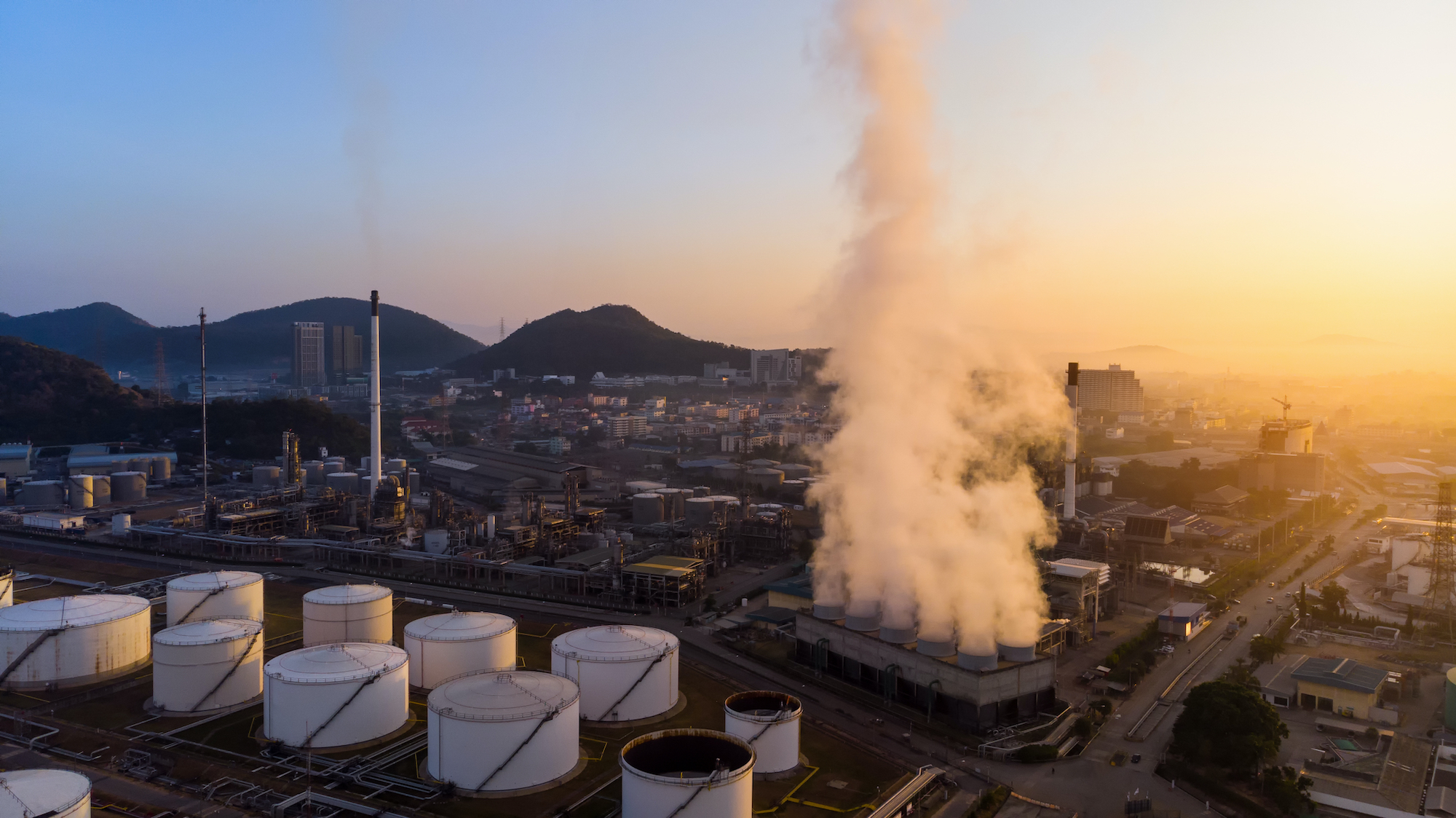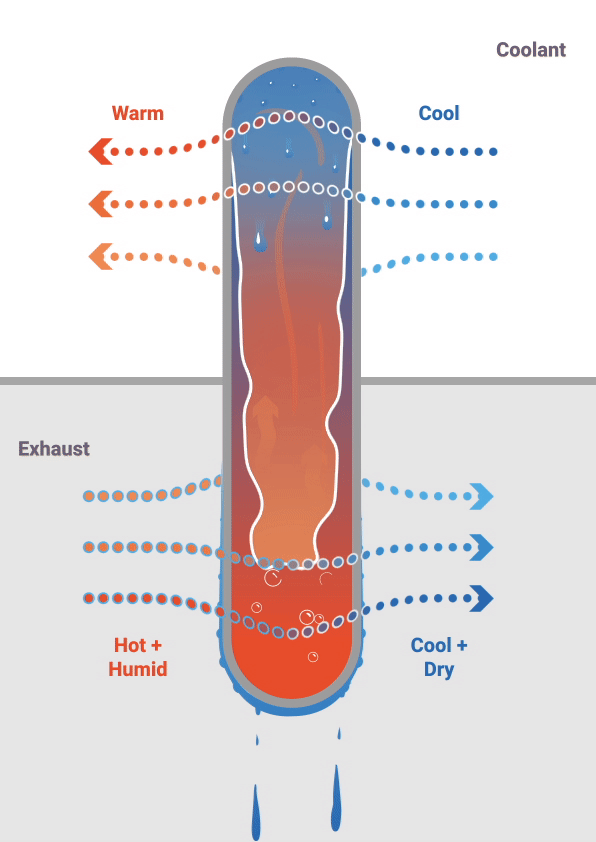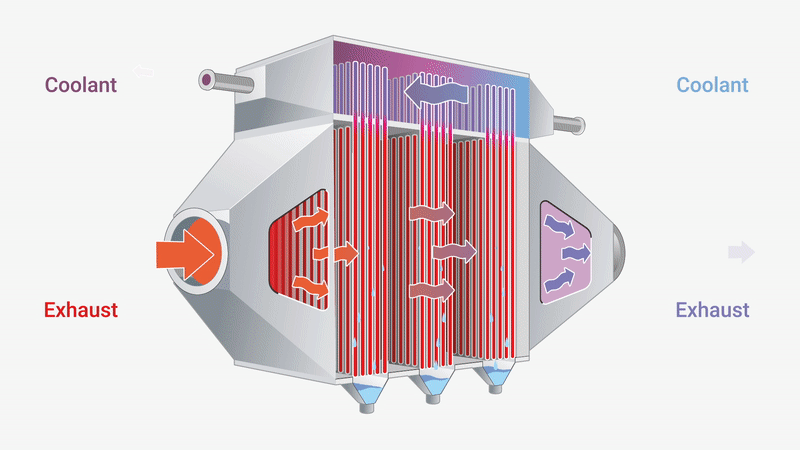Legal notice
Thermo Challenges Limited is registered in England under number 10176511 at Barclays Bank Chambers, Bridge Street, Stratford-Upon-Avon, CV37 6AH, United Kingdom and represented by its director Hussam Jouhara.
Person responsible for content: Hussam Jouhara
Disclaimer of liability:
This website has been compiled with the greatest possible care. Nevertheless, no guarantee can be given for the correctness and accuracy of the information contained. Any liability for damages arising directly or indirectly from the use of this website is excluded, unless they are based on intent or gross negligence. If this website refers to websites operated by third parties, Thermo Challenges accepts no responsibility for their content.



